ตัวบ่งชี้ MACD คืออะไร? คู่มือเกี่ยวกับการเคลื่อนที่เฉลี่ยและความแตกต่างในคริปโต
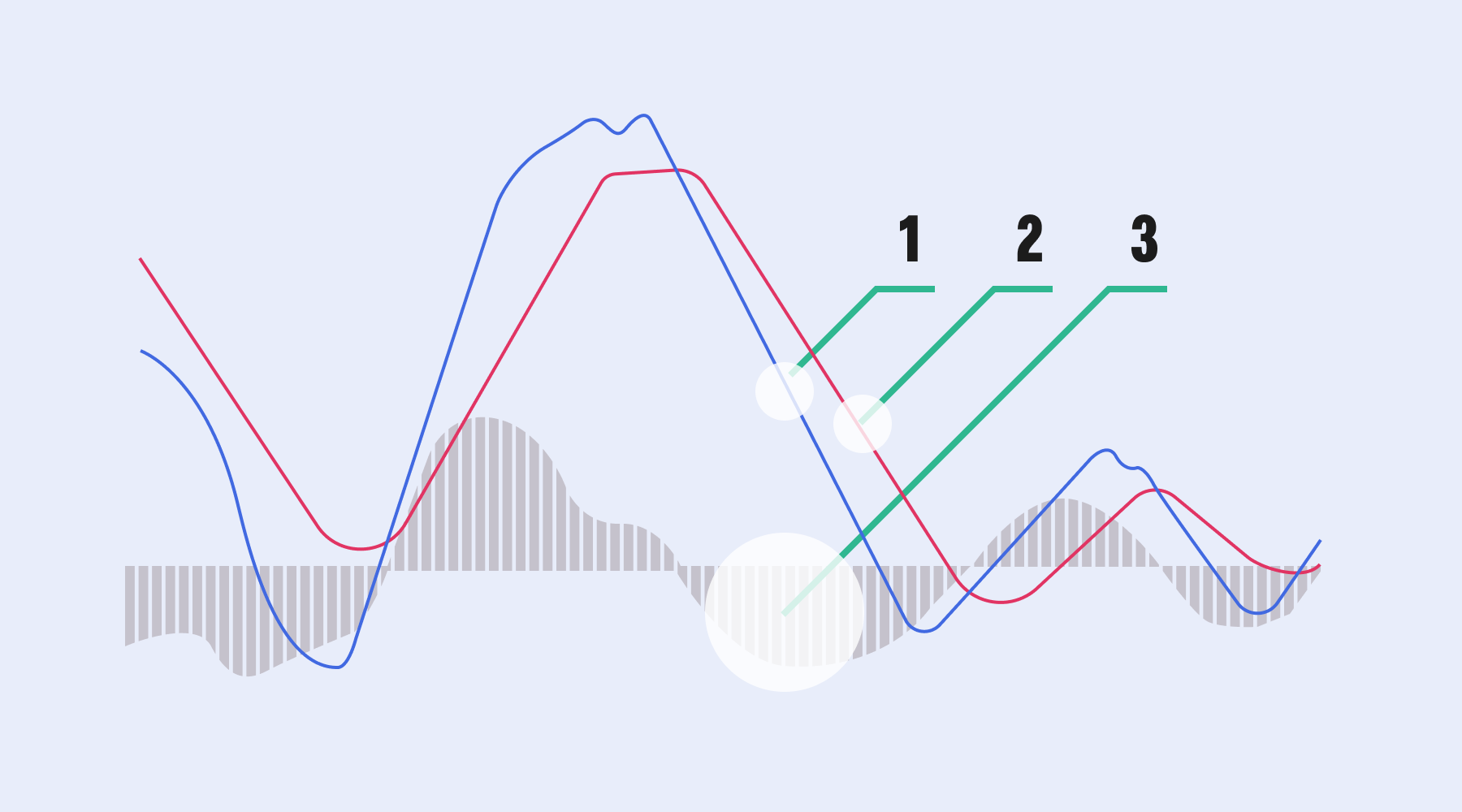
สารบัญ
Disclaimer: This article is for educational purposes only and does not constitute financial advice. Always do your own research before making investment decisions.
Overview of the MACD
The Moving Average Convergence Divergence (MACD) was developed by Gerald Appel in the late 1970s. It’s a trend-following momentum indicator that compares short-term and long-term price movements using exponential moving averages (EMAs).
By tracking the relationship between these moving averages, the MACD shows when momentum is strengthening, weakening, or reversing.
Unlike leading indicators that attempt to predict future moves, the MACD is a lagging indicator - it reacts to price changes that have already occurred. This makes it especially useful for confirming trends or identifying divergences between price and momentum.
What Does It Look Like?
The MACD consists of three key components plotted on a chart below the asset’s price:
- MACD Line - The difference between a short-term EMA (commonly 12 periods) and a longer-term EMA (commonly 26 periods).
- Signal Line - A 9-period EMA of the MACD line, used to generate buy or sell triggers.
- Histogram - A bar chart showing the distance between the MACD line and the signal line.
All three components fluctuate above and below a zero line, which acts as the midpoint between bullish and bearish momentum.
Signal Criteria and Formula
The MACD is calculated in three steps:
Step 1 - MACD Line
MACD Line = EMA(12) - EMA(26)
Step 2 - Signal Line
Signal Line = EMA(9) of the MACD Line
Step 3 - Histogram
Histogram = MACD Line - Signal Line
Most charting platforms use the standard MACD (12, 26, 9) settings by default. However, traders can adjust these periods to make the indicator more or less sensitive to price changes.
How to Interpret the MACD
-
Signal Line Crossovers
- Bullish crossover - MACD line moves above the signal line, suggesting upward momentum and a potential buy signal.
- Bearish crossover - MACD line moves below the signal line, suggesting downward momentum and a potential sell signal.
-
Zero Line Crossovers
- Above zero - The short-term EMA is higher than the long-term EMA, indicating bullish momentum.
- Below zero - The short-term EMA is lower than the long-term EMA, indicating bearish momentum.
-
Divergences
- Bullish divergence - Price makes lower lows while the MACD makes higher lows. This can signal that selling pressure is weakening and a reversal may follow.
- Bearish divergence - Price makes higher highs while the MACD makes lower highs. This can signal that buying pressure is weakening and a downward reversal may follow.
Example in Action
Imagine Bitcoin is trading in a steady uptrend. The MACD line crosses above the signal line and both are above the zero line. At the same time, the histogram turns positive, showing growing momentum.
A trader might see this as confirmation to stay in a long position or enter a new one. Conversely, if the MACD line drops below the signal line while still above zero, it could indicate weakening momentum - a cue to tighten stops or take profits.
Limitations of the MACD
While the MACD is powerful, it’s not foolproof:
- It can produce false signals in sideways or choppy markets.
- Divergences don’t always lead to reversals.
- Relying on the MACD alone increases the risk of mistimed entries or exits.
For this reason, many traders combine the MACD with other tools like the Relative Strength Index (RSI), trendlines, or support/resistance levels.
Conclusion
The MACD is a versatile indicator that helps traders track trend direction and momentum shifts. By learning to read its crossovers, zero line movements, and divergences, traders can better time entries and exits.
It’s best used as part of a broader trading strategy that includes confirmation signals and risk management.
Next Steps
- Learn about the Relative Strength Index (RSI), another momentum indicator that pairs well with MACD.
- Explore candlestick reversal patterns like the Morning Star or Bullish Engulfing to combine with MACD crossovers.
- Practice identifying MACD signals on live crypto charts with free charting tools to sharpen your timing.
By integrating the MACD indicator into a broader trading strategy that includes confirmation signals and risk management, traders can improve their ability to time entries and exits and make more confident decisions.
Explore Related Articles:
- A Beginner’s Guide to Candlestick Charts
- Rising Bullish Hammer Candlestick Pattern Explained
- Shooting Star (Falling Hammer) Candlestick Pattern Explained
- Bullish Engulfing: A Signal That Buyers Are Taking Over
- Bearish Engulfing: A Signal That Sellers Are Taking Control
- Morning Star Pattern: A Signal That Buyers Are Stepping In
- Evening Star: A Signal That Sellers Are Stepping In
- Golden Cross: A Signal That Bullish Momentum Is Building
- Bearish (Death) Cross: A Signal That Momentum May Be Turning Against the Market
- Pi Cycle Top: A Signal That Bitcoin May Be Peaking
- Relative Strength Index (RSI): Spotting Overbought and Oversold Markets
- Stochastic Oscillator: Measuring Momentum and Spotting Reversals
Get started by understanding the basics of cryptocurrency and explore decentralized finance (DeFi). Learn about Bitcoin, Ethereum, and altcoins. Also, discover how to buy and sell crypto.
Disclaimer
No Investment Advice
The information provided in this article is for educational purposes only and does not constitute investment advice, financial advice, trading advice, or any other type of advice. Bitcoin.com does not recommend or endorse the buying, selling, or holding of any cryptocurrency, token, or financial instrument. You should not rely on the content of this article as a basis for any investment decision. Always do your own research and consult a licensed financial advisor before making any investment decisions.
Accuracy of Information
While we strive to ensure the accuracy and reliability of the information presented, Bitcoin.com makes no guarantees regarding the completeness, timeliness, or accuracy of any content. All information is provided “as is” and is subject to change without notice. You understand that you use any information available here at your own risk.
คู่มือที่เกี่ยวข้อง
เริ่มจากที่นี่ →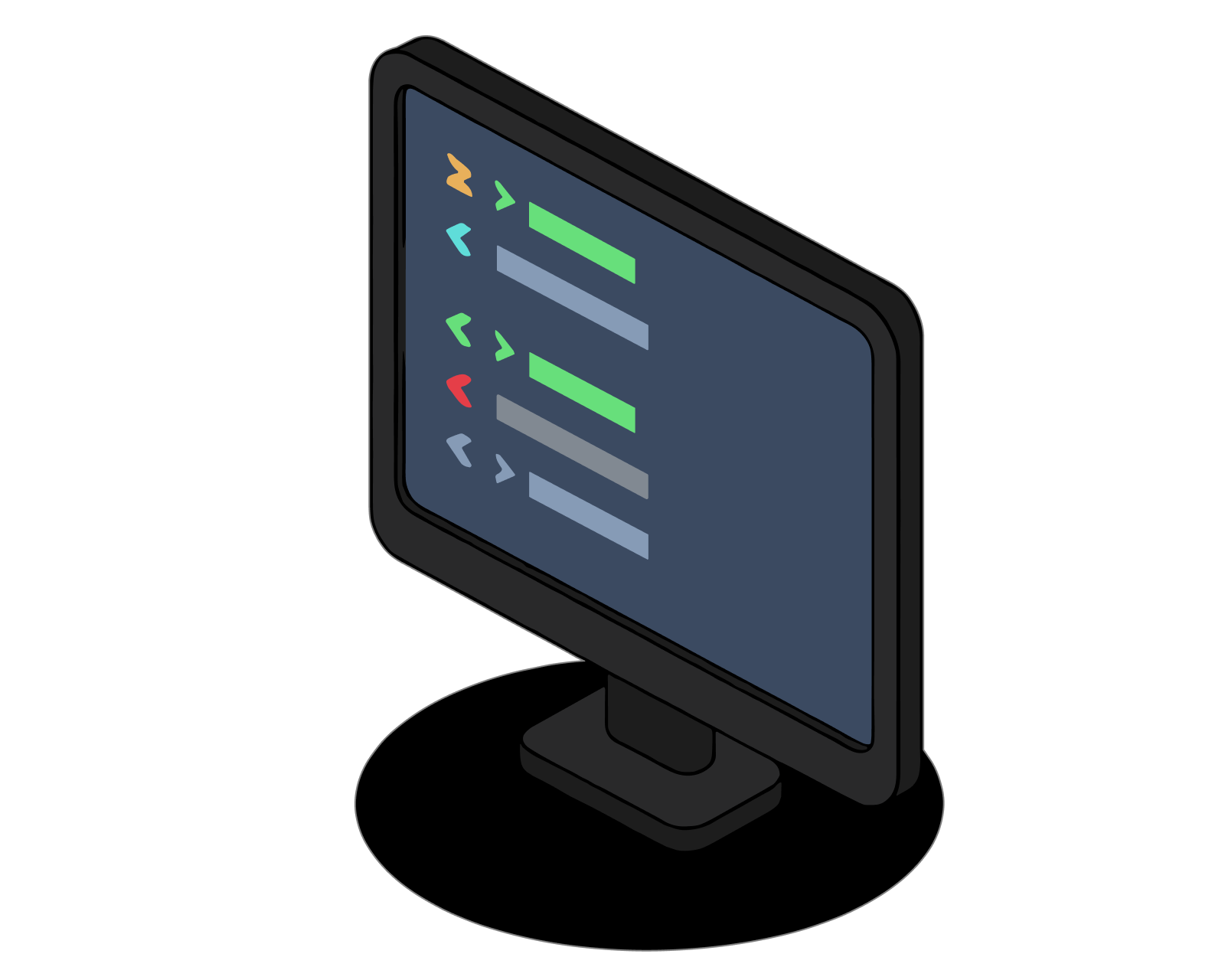
DEX คืออะไร?
การแลกเปลี่ยนแบบกระจายอำนาจ (DEX) เป็นประเภทของการแลกเปลี่ยนที่เชี่ยวชาญในการทำธุร�กรรมแบบเพียร์ทูเพียร์ของสกุลเงินดิจิทัลและสินทรัพย์ดิจิทัล ไม่เหมือนกับการแลกเปลี่ยนแบบรวมศูนย์ (CEXs) DEXs ไม่ต้องการบุคคลที่สามที่เชื่อถือได้หรือคนกลางในการอำนวยความสะดวกในการแลกเปลี่ยนคริปโตแอสเซ็ต
อ่านบทความนี้ →
DEX คืออะไร?
การแลกเปลี่ยนแบบกระจายอำนาจ (DEX) เป็นประเภทของการแลกเปลี่ยนที่เชี่ยวชาญในการทำธุรกรรมแบบเพียร์ทูเพียร์ของสกุลเงินดิจิทัลและสินทรัพย์ดิจิทัล ไม่เหมือนกับการแลกเปลี่ยนแบบรวมศูนย์ (CEXs) DEXs ไม่ต้องการบุคคลที่สามที่เชื่อถือได้หรือคนกลางในการอำนวยความสะดวกในการแลกเปลี่ยนคริปโตแอสเซ็ต

CEX คืออะไร?
เรียนรู้เกี่ยวกับ CEXs ความแตกต่างระหว่างพวกเขากับ DEXs และความปลอดภัยในการใช้งาน
อ่านบทความนี้ →
CEX คืออะไร?
เรียนรู้เกี่ยวกับ CEXs ความแตกต่างระหว่างพวกเขากับ DEXs และความปลอดภัยในการใช้งาน

การแลกเปลี่ยนสกุลเงินดิจิทัลทำงา��นอย่างไร?
การเก็บคริปโตไว้ในศูนย์กลางการแลกเปลี่ยนปลอดภัยแค่ไหน?
อ่านบทความนี้ →
การแลกเปลี่ยนสกุลเงินดิจิทัลทำงานอย่างไร?
การเก็บคริปโตไว้ในศูนย์กลางการแลกเปลี่ยนปลอดภัยแค่ไหน?

การซื้อขาย Bitcoin สำหรับผู้เริ่มต้น
คู่มือที่ครอบคลุมสำหรับการซื้อขายบิตคอยน์สำหรับผู้เริ่มต้น คร�อบคลุมกระเป๋าเงิน การแลกเปลี่ยน การวิเคราะห์ตลาด และกลยุทธ์การจัดการความเสี่ยง
อ่านบทความนี้ →
การซื้อขาย Bitcoin สำหรับผู้เริ่มต้น
คู่มือที่ครอบคลุมสำหรับการซื้อขายบิตคอยน์สำหรับผู้เริ่มต้น ครอบคลุมกระเป๋าเงิน การแลกเปลี่ยน การวิเคราะห์ตลาด และกลยุทธ์การจัดการความเสี่ยง

การอ่านกราฟ Bitcoin สำหรับผู้เริ่มต้น
คู่มือสำห��รับมือใหม่ในการทำความเข้าใจกราฟ Bitcoin ครอบคลุมรูปแบบแท่งเทียน ตัวชี้วัดทางเทคนิค การวิเคราะห์ตลาด และการจัดการความเสี่ยง
อ่านบทความนี้ →
การอ่านกราฟ Bitcoin สำหรับผู้เริ่มต้น
คู่มือสำหรับมือใหม่ในการทำความเข้าใจกราฟ Bitcoin ครอบคลุมรูปแบบแท่งเทียน ตัวชี้วัดทางเทคนิค การวิเคราะห์ตลาด และการจัดการความเสี่ยง

ตลาดกระทิง vs. ตลาดหมี
เรียนรู้เกี่ยวกับตลาดกระทิงและตลาดหมี ลักษณะเฉพาะของแต่ละตลาด และกลยุทธ์ที่มีประสิทธิภาพสำหรับแต่ละตลาด ทำความเข้าใจบทบาทของบิตคอยน์ในตลาดเหล่านี้และวิธีการจัดการกับความผันผวนของตลาด
อ่านบทความนี้ →
ตลาดกระทิง vs. ตลาดหมี
เรียนรู้เกี่ยวกับตลาดกระทิงและตลาดหมี ลักษณะเฉพาะของแต่ละตลาด และกลยุทธ์ที่มีประสิทธิภาพสำหรับแต่ละตลาด ทำความเข้าใจบทบาทของบิตคอยน์ในตลาดเหล่านี้และวิธีการจัดการกับความผันผวนของตลาด
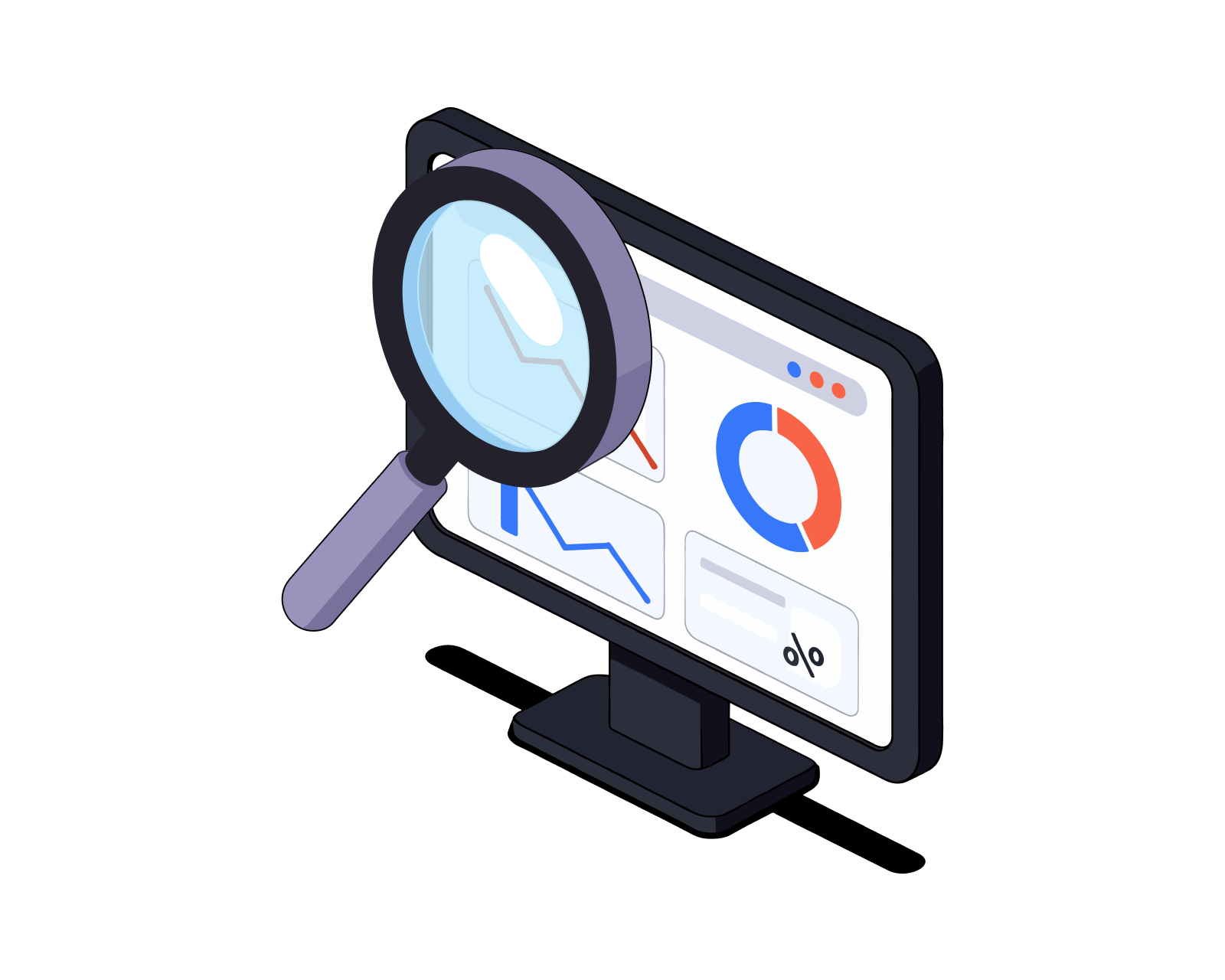
การวิเคราะห์การซื้อขาย: พื้นฐาน เทคนิค และอารมณ์
เรียนรู้เกี่ยวกับการวิเคราะห์ปัจจัยพื้นฐาน เทคนิค และอารมณ์ในการตัดสินใจซื้อขายที่ชาญฉลาดขึ้น สำรวจตัวอย่าง เครื่องมือ และวิธีการผสมผสานวิธีการเหล่านี้เพื่อมุมมองตลาดที่ครอบคลุม
อ่านบทความนี้ →
การวิเคราะห์การซื้อขาย: พื้นฐาน เทคนิค และอารมณ์
เรียนรู้เกี่ยวกับการวิเคราะห์ปัจจัยพื้นฐาน เทคนิค และอารมณ์ในการตัดสินใจซื้อขายที่ชาญฉลาดขึ้น สำรวจตัวอย่าง เครื่องมือ และวิธีการผสมผสานวิธีการเหล่านี้เพื่อมุมมองตลาดที่ครอบคลุม
ก้าวนำหน้าในคริปโต
ล้ำหน้ากับคริปโตด้วยจดหมายข่าวรายสัปดาห์ของเราที่นำเสนอข้อมูลเชิงลึกที่สำคัญที่สุด
ข่าวคริปโตประจำสัปดาห์ที่คัดสรรมาเพื่อคุณ
ข้อมูลเชิงลึกที่นำไปใช้ได้และเคล็ดลับการศึกษา
อัปเดตผลิตภัณฑ์ที่ส่งเสริมเสรีภาพทางเศรษฐกิจ
ไม่มีสแปม ยกเลิกการสมัครได้ทุกเมื่อ

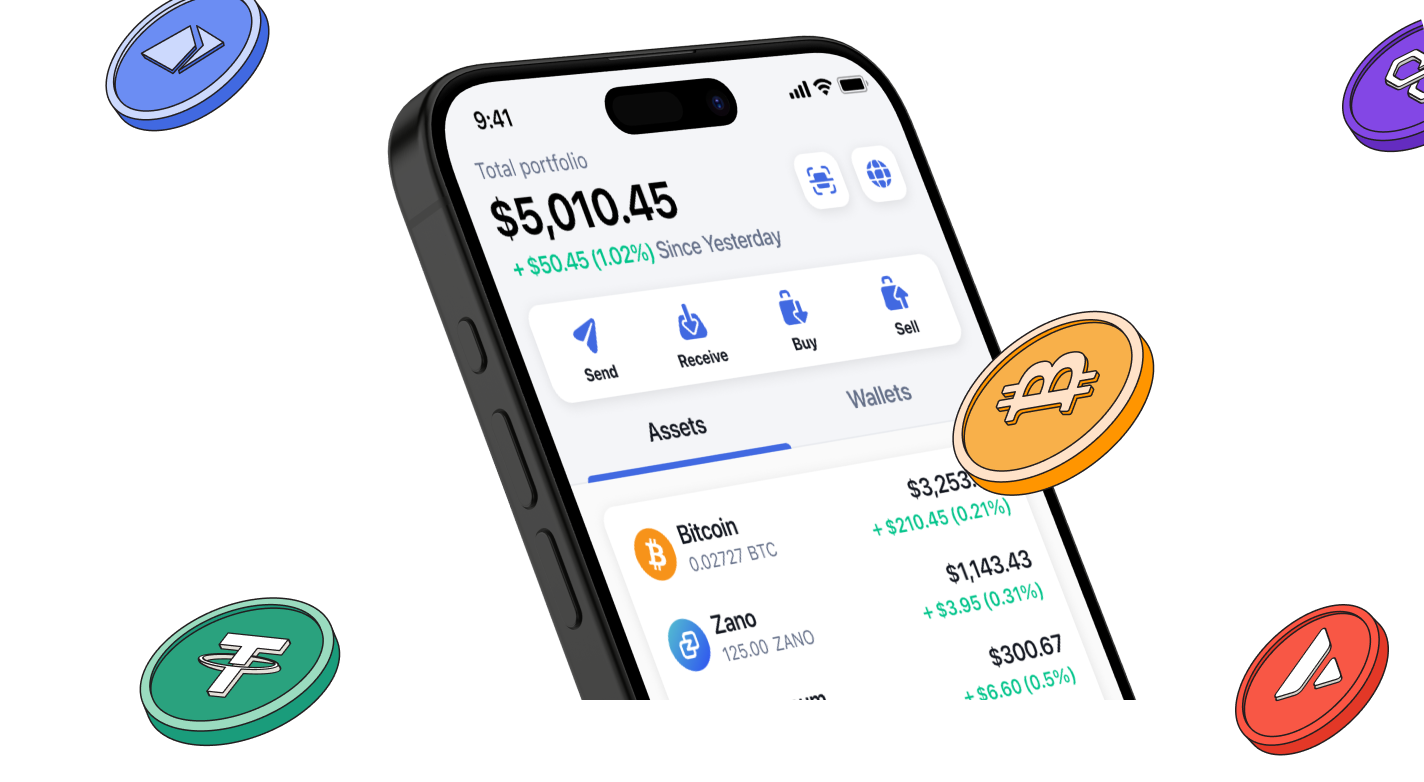
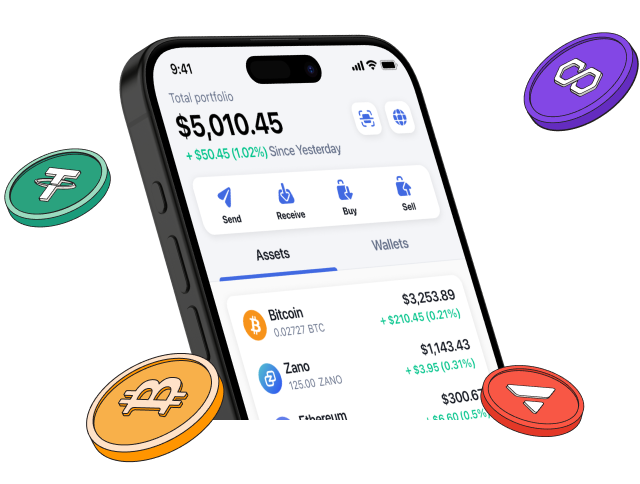
เริ่มต้นลงทุนอย่างปลอดภัยด้วยกระเป๋าเงิน Bitcoin.com
กระเป๋าเงินมากกว่า ใบถูกสร้างขึ้นแล้วจนถึงขณะนี้
ทุกสิ่งที่คุณต้องการเพื่อซื้อ ขาย แลกเปลี่ยน และลงทุนใน Bitcoin และสกุลเงินดิจิทัลของคุณอย่างปลอดภัย

© 2025 Saint Bitts LLC Bitcoin.com. All rights reserved


